A principal-agent approach to transmission expansion-Part I: Regulatory framework. http://dx.doi.org/10.1109/TPWRS.2012.2201179
Revista : IEEE Transactions on Power SystemsVolumen : 28
Número : 1
Páginas : 256-263
Tipo de publicación : ISI Ir a publicación
Abstract
Different regulatory frameworks have implemented competitive mechanisms to increase efficiency in transmission, a natural monopoly. Conflicts of interest and hidden costs make necessary to define methods to obtain an appropriate valuation of new transmission assets. This paper is the first one of a two-paper series and presents the fundamentals of transmission project valuation and cost allocation. We show the fundamentals of non-cooperative game theory, different concepts of game equilibria (Nash, Stackelberg and Berge), and solutions to the bilateral negotiation problem (Nash bargaining solution, Kalai-Smorodinsky, and Rubinstein). In addition, the design of mechanisms, the information revelation principles and incentive compatibility issues are described. We propose a model composed of three elements: valuation of a transmission project based on a linear contract, a principal-agent model to determine the optimal effort of an agent developing the transmission project, and the optimal bilateral negotiation of right-of-way costs. We define a method to evaluate the offers to build a transmission line project as a function of the number of agents bidding for it. The value of the project is a function of both the incentives and the valuation of the right-of-way costs.In part two of this series we present two case studies: the IEEE 24-bus RTS and the Sistema Interconectado Central (SIC) in Chile, where we apply the methodology to a real network.




 English
English
